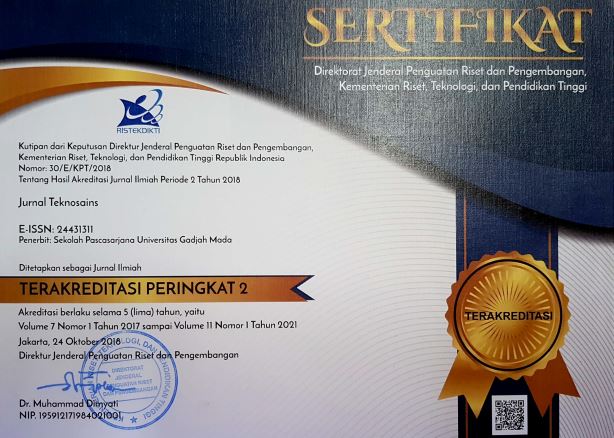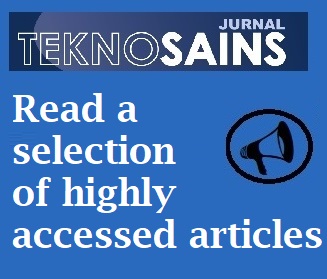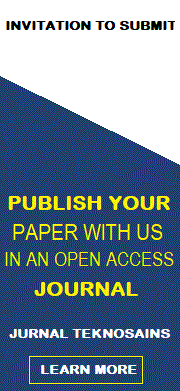ANALISIS KEBUTUHAN DAN KETERSEDIAAN AIR DI DAS KEDUANG JAWA TENGAH
Erlynda Kumalajati(1*), Sambas Sabarnudi(2), Budiadi Budiadi(3), Putu Sudira(4)
(1) Balai Pendidikan dan Pelatihan Kehutanan Kupang
(2) Program Studi Ilmu Kehutanan, Fakultas Kehutanan Universitas Gadjah Mada
(3) Program Studi Ilmu Kehutanan, Fakultas Kehutanan Universitas Gadjah Mada
(4) Program Studi Teknik Pertanian, Fakultas Teknologi Pertanian, Universitas Gadjah Mada
(*) Corresponding Author
Abstract
This study aims to examine the balance between the availability and water need in the present and the future in Keduang Watershed, Central Java. The water need is calculated by using the standard water need for irrigation and non-irrigation. Types of non-irrigation water need encompass the water need for domestic, office, and the facilities of health, education, religious duties, industry, and market, as well as livestock. The standard water need is from SNI 19-6728.1-2002 and Planning Criteria of Directorate General of Human Settlements of Department of Public Works in 1996. This study uses socio-economic data in 2013. The availability of water is calculated by using Soil Conservation Service Curve Number (SCS CN) from USDA with the hydrological data from 2005 to 2013. This study uses data in 2013, due to the limitations of the data that can be obtained. In the analysis of availability and water need, hydrological, and spatial data are projected until 2033 and analyzed using quantitative analysis in the form of descriptive statistics. The result shows that 1) from year to year in Keduang watershed, the water need is increasing with an average increase of 3.38%, while the water availability is decreasing with an average decrease of 0.09%. 2) Water deficit will begin in 2023, when the water need is reaching 115,306,568.00 m3/year, whereas the water availability only 112,250,656.00 m3/year. From this calculation, it can be concluded that if there is no effort to change the trend of land cover that lead to the goal of water conservation, then, the water availability will not able to cover the water need. Thus, in the future, Keduang watershed will occur water deficit.
Keywords
Full Text:
PDFReferences
Asdak, C. 2007. Hidrologi dan pengelolaan daerah aliran sungai. Yogyakarta: Gadjah Mada University Press, Yogyakarta.
Badan Standardisasi Nasional. 2002. SNI 19-6728.1-2002: Penyusunan neraca sumber daya – Bagian 1: Sumber daya air spasial. Jakarta: Badan Standardisasi Nasional (BSN).
Dinas Pekerjaan Umum. 1996. Kriteria Perencanaan Ditjen Cipta Karya tahun 1996. Jakarta: Dinas PU.
Hastono, F. D., Sudarsono, B., dan Sasmito, B. 2010. “Identifikasi Daerah Resapan Air Dengan Sistem Informasi Geografis (Studi Kasus: Sub Das Keduang).” Jurnal geodesi UNDIP, 1:1.
Putri, R.S.W. 2014. “Uji validitas metode SCS CN untuk analisis volume limpasan.” Tesis. Yogyakarta: Program Pascasarjana Fakultas Teknik UGM.
Sutrisno, Joko. 2011. “Evaluasi ekonomi konversi lahan pertanian ke non pertanian di daerah aliran sungai (DAS) waduk Wonogiri (studi kasus di wilayah sub DAS Keduang kabupaten Wonogiri).” Disertasi. Bogor: Institut Pertanian Bogor.
USDA. 1988. Urban Hydrology For Small Watersheds: TR-55. Washington, DC.
Article Metrics
Refbacks
- There are currently no refbacks.
Copyright (c) 2017 Erlynda Kumalajati, Sambas Sabarnudi, Budiadi Budiadi, Putu Sudira

This work is licensed under a Creative Commons Attribution-ShareAlike 4.0 International License.
Copyright © 2024 Jurnal Teknosains Submit an Article Tracking Your Submission
Editorial Policies Publishing System Copyright Notice Site Map Journal History Visitor Statistics Abstracting & Indexing









